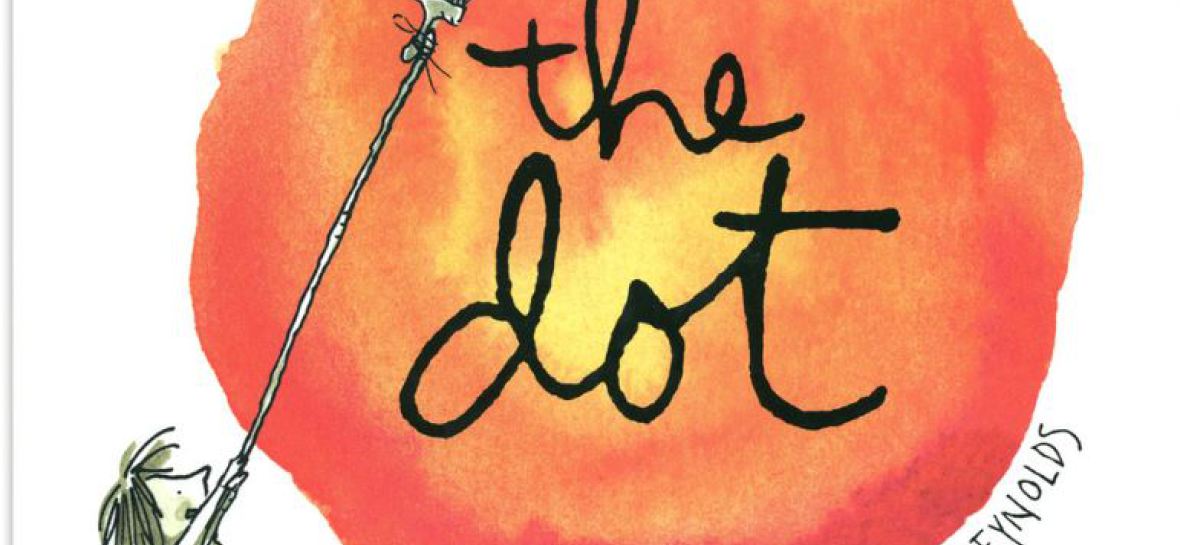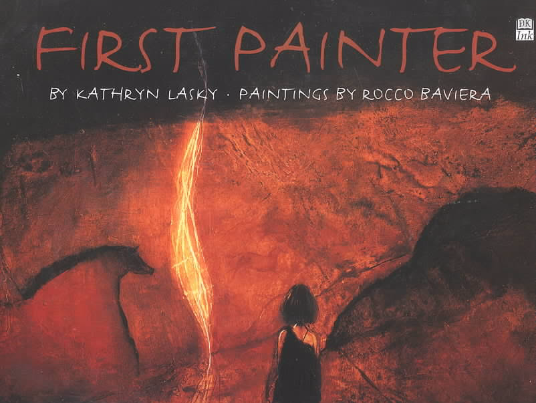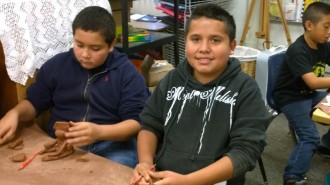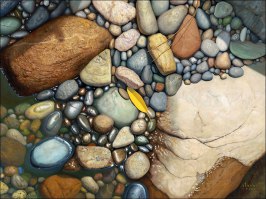

The First Art
A four week lesson plan exploring the first painters' cave art
First Art2.pdf
Adobe Acrobat document [300.9 KB]
Essential Questions:
|
|
VA.Cn11.1 How does art help us understand the lives of people on different times, places and cultures? How is art used to impact the views of society? How does art preserve aspects of life?
CAFÉ Menu:
Create: CA:Cr1.16 Combine sources collaboratively to generate innovative ideas for creating art.
VACr3.1.6 Reflect on whether personal artwork conveys the intendedd meaning and revise accordingly.
Articulate: CA:VA 1.1 Identify all the elements of art in the cave paintings.
CA:VA4.1 Construct and describe plausible interpretations of what they perceive in works of art.
VA:Re7.16 Identify and interpret works of art or design that reveal how people live around the worldand what they value.
VA:Re7.2.6 Analyze ways that visual components and cultural associations suggested by images influence ideas, emotions, and actions,
Finding Connections: CA: Cn1.6 Generate a collection of ideas reflecting current interests and concerns that could be investigated Students generated a list of ideas as to why ancient civilizations created art in the caves and do those cave paintings have any commonalities/sameness.
CA:Cn11.1.6 Analyze how art reflects changing times, traditions, resources and cultural uses. Through investigating the commonalities of cave art, students listen to Ted Talk, “Why Are these 32 Symbols found in Caves all over Europe? “
Evaluate: VA:Re91.6 Develop and apply relevant criteria to evaluate a work of art.
The Lesson takes approximately 4, 40 minute sessions:
Need: chart paper, post its, plain paper for doodling when they are watching videos, pencils, scissors, brown paper grocery bags, 2 for two artists, charcoal and chalk pastel s in red, brown, black, yellow, hair spray for fixative,” Aqua net,” shallow tubs of water, space for drying paper
Into Students first write one reason art is important and save it. Then in table groups of four brainstorm 7 or more reasons art is important. They use lined chart paper and then share their best ideas whole group.
Through I ask them to watch 2 videos the first: “Top 10 Most Amazing Cave Paintings in the World.”2 And the second: Ted Talk, “Why are these 32 Symbols Found in Caves All Over Europe?”
Then I ask them what else might be the purpose of art? They revisit their first response to my question and change it if they so wish. I ask them to choose one of the ten images from the web, and analyze the elements of art, and look to find evidence of one point or two-point perspective.
Beyond I ask them to make plausible explanations for the cave paintings. I read aloud, “The first Painter,” by Kathryn Lasky, and illustrated by Rocco Baviera, and explain this is what this author and illustrator has done, they have created a book that explains the purpose of those ancient paintings.
Students then create their own cave drawings and decided how to exhibit them collectively as an installation piece.
Students cut out a side of a large paper sacks
then :
- squish,
- soak in water
- squeeze,
- and dry to create a visual look of a cave wall.
Using earth color charcoal and pastels they create their drawings using the same elements they viewed in the cave art.
Students are asked to reflect upon their art and decide if it meets its intended purpose and revises it if needed.
In their classroom, students write artist statements about their piece and explain their interpretation of the purpose of the cave paintings.
<< New text box >>
Artful Teaching
Mrs. Schellenberg & Young Artists
Ralph Waldo Emerson's Poem: Success- to leave the world a bit better, whether by a healthy child, a garden patch or a redeemed social condition; To know even one life breathed easier because of you.
Thank you AT&T
We used the wiring for our artful galimotos





